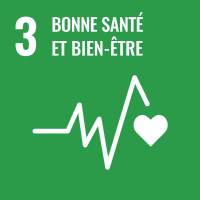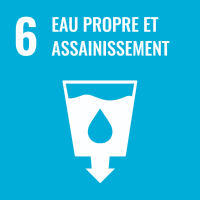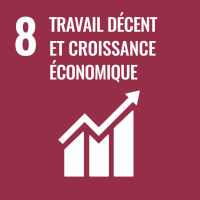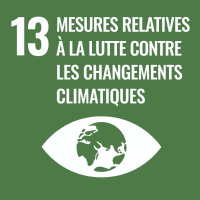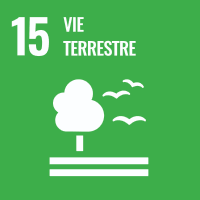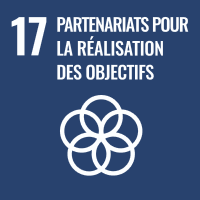Amblève - Belgium
Forest restoration and creation
The Amblève forest is mainly made up of coniferous trees, in particular spruces.
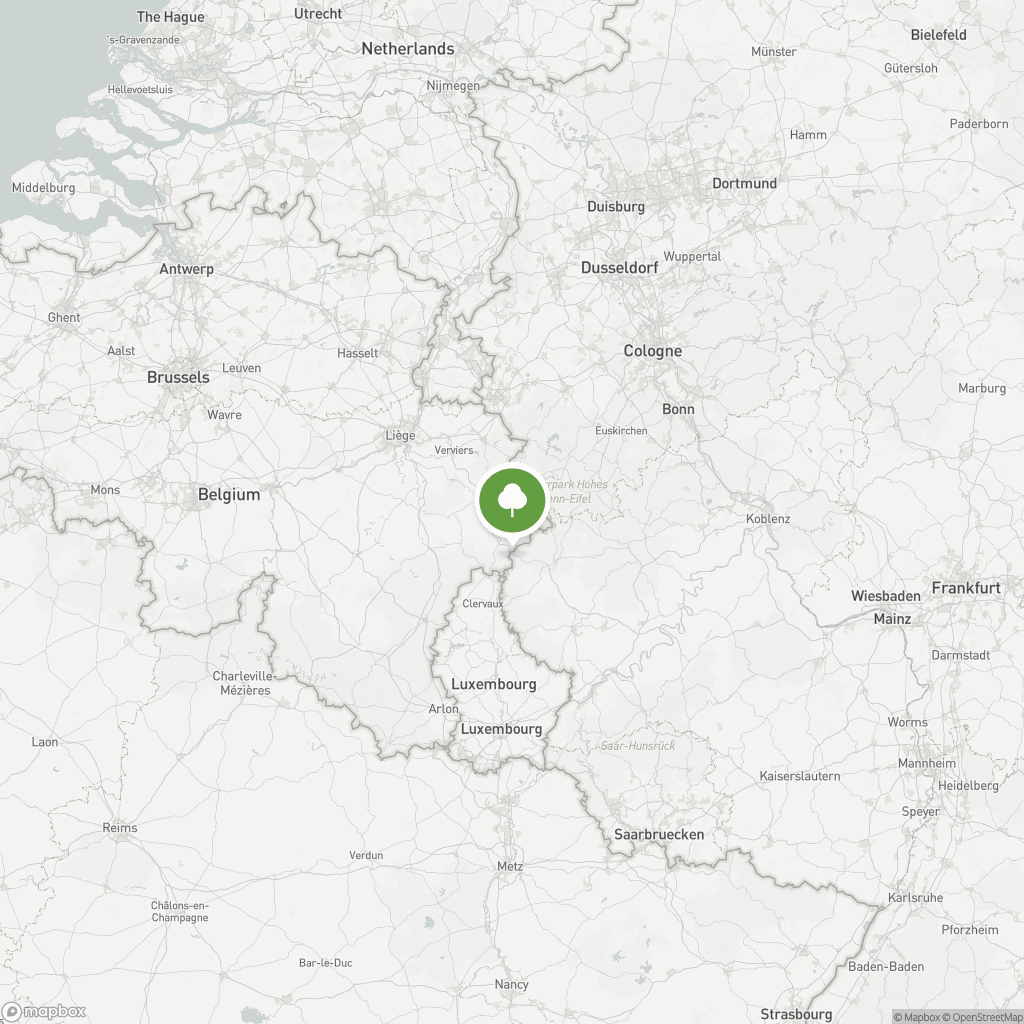
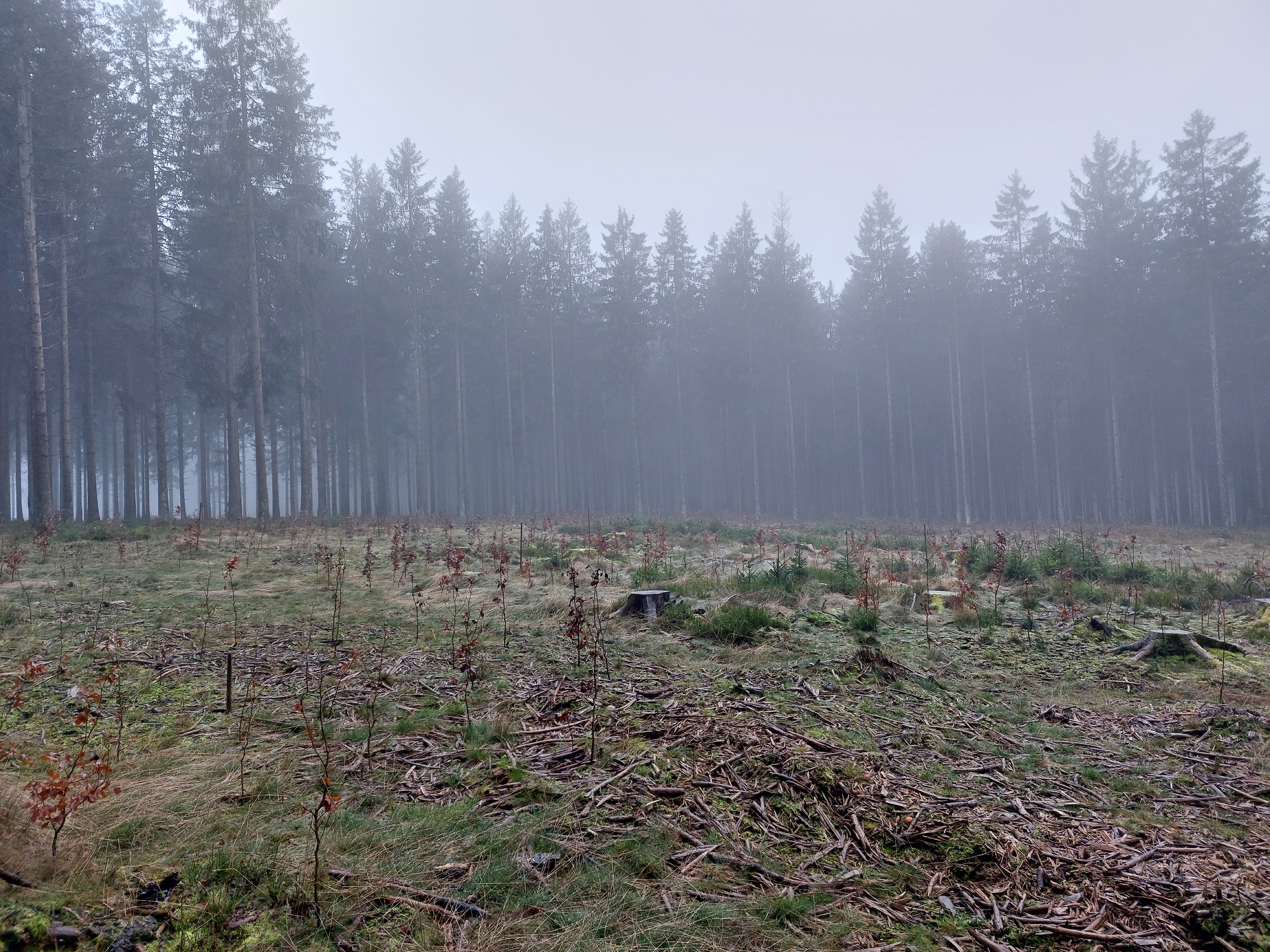
During the Second World War, and particularly during the Ardennes Offensive in the winter of 44/45, the forests of the Eifel were damaged or even destroyed by the war. Damage was particularly severe along supply routes and near strategic centres, including the Wahlerscheid road through the forest. Most of the stands that had been shot up or destroyed were cut down and replanted with spruce shortly after the war.
Since the ‘Wiebke’ tornado in winter 89/90 and the destruction of several hectares of spruce stands, the direction of softwood management has changed. These disasters showed us the fragility of large monocultures. The aim is to remedy this by creating stable, structured stands of mixed species.
The aim of this project is to gradually diversify pure spruce stands by reintroducing native hardwood species such as beech, maple, lime and hornbeam.
In gaps where spruce trees affected by the bark beetle have been locally felled, clumps of broadleaved trees will be planted.
Depending on the method used, the choice of species and their distribution will vary. Beech is the preferred species, as it is adapted to these conditions. It is planted at a very high density because beech stands up well to competition when young, protecting it from late frosts and droughts, while sheathing it to produce a beautiful stem. In the small and large clear-cuts, a diversity of species will be planted, adapted from one plot to another according to the various site conditions.
Ultimately, the aim is for the stands to become irregular, i.e. with a diversity of age classes to make them more resilient in the event of unforeseen events.
